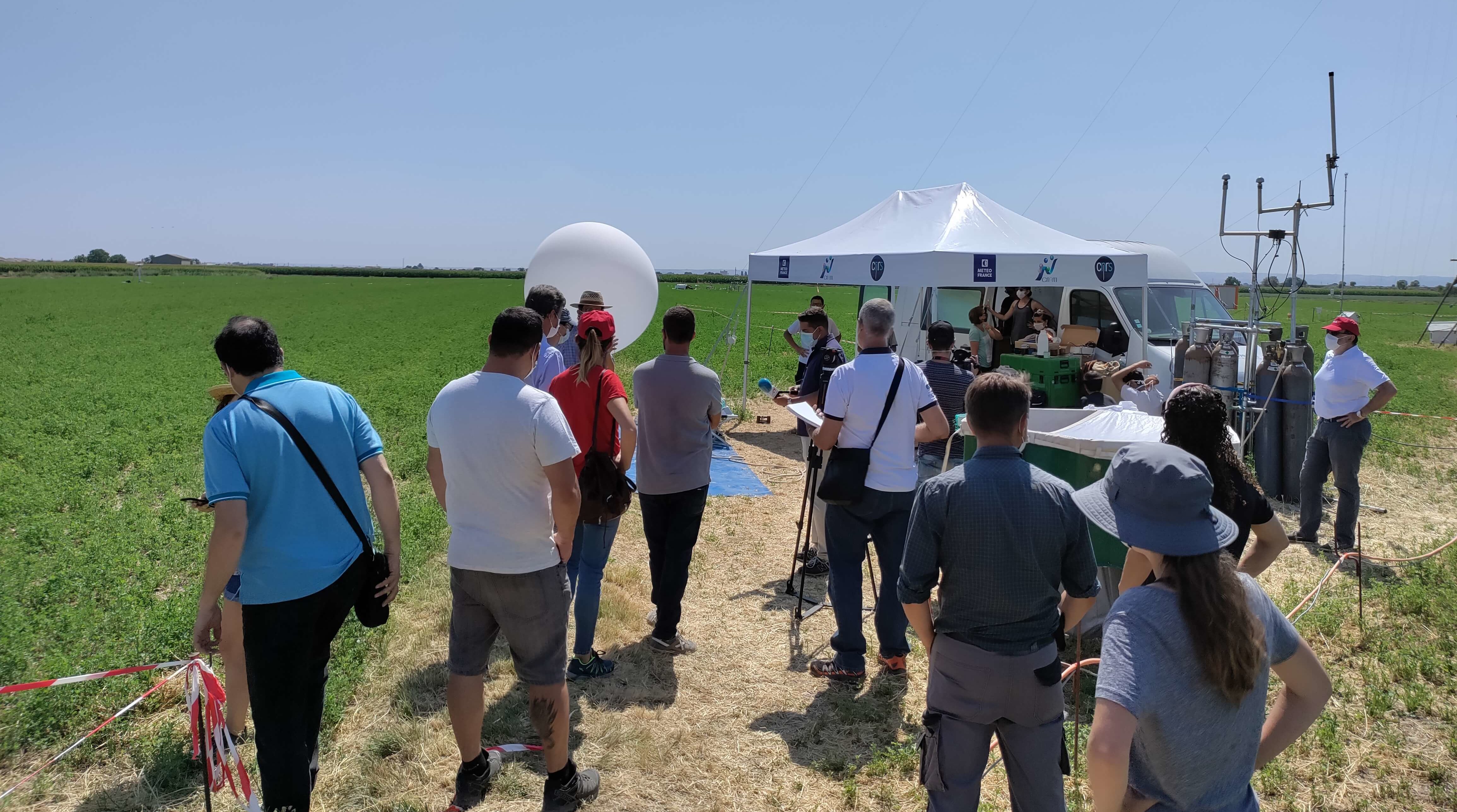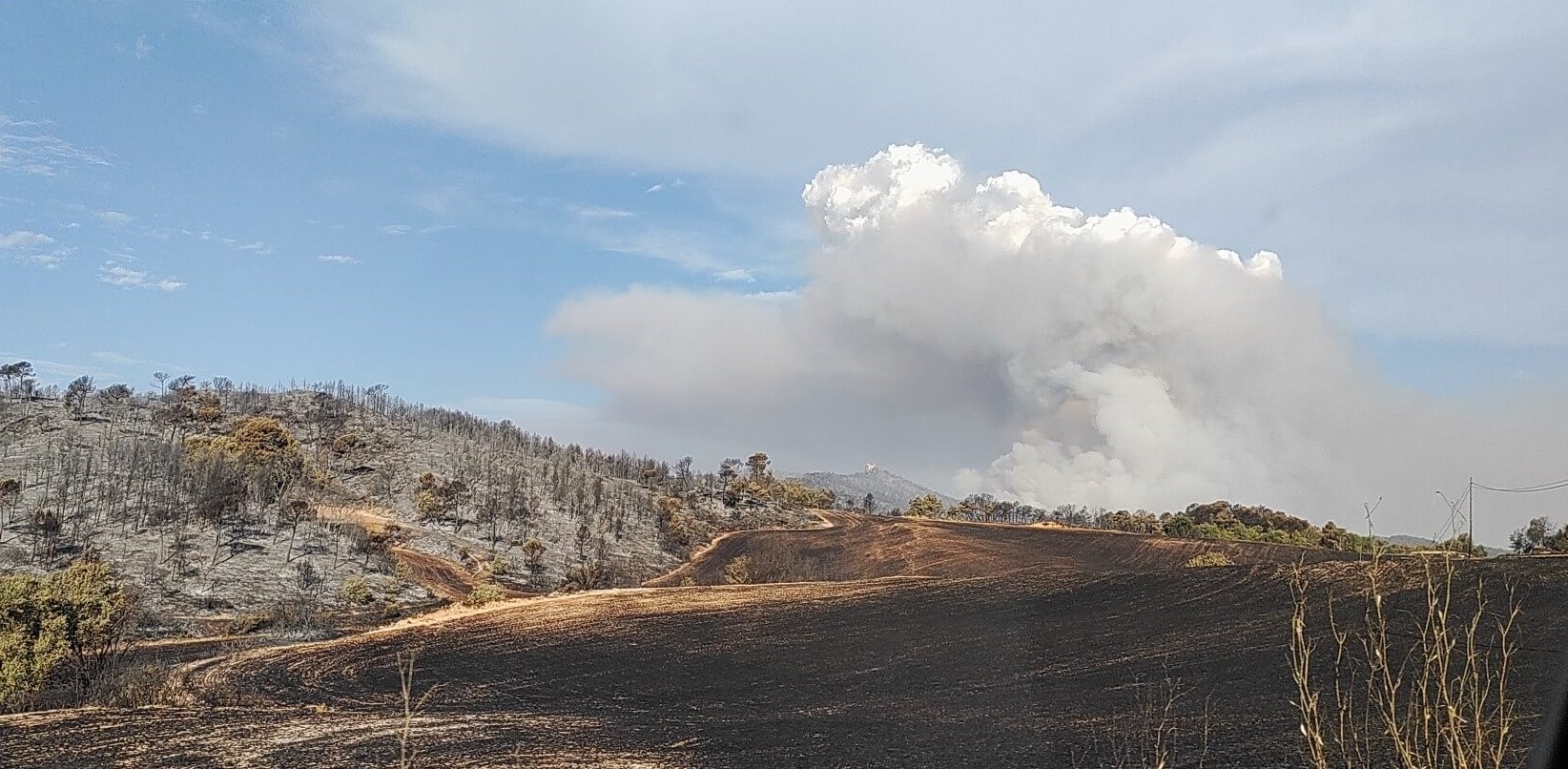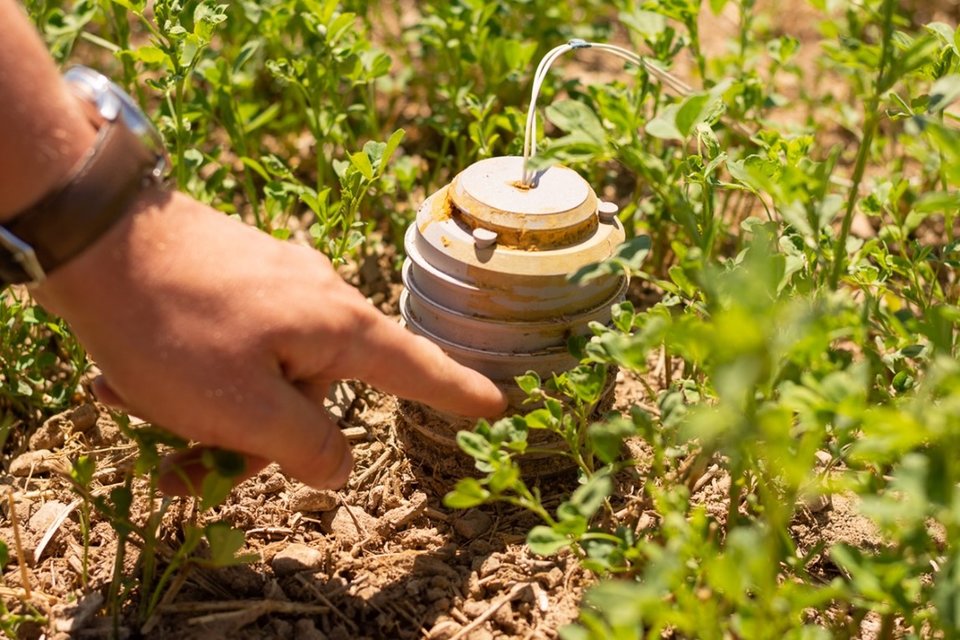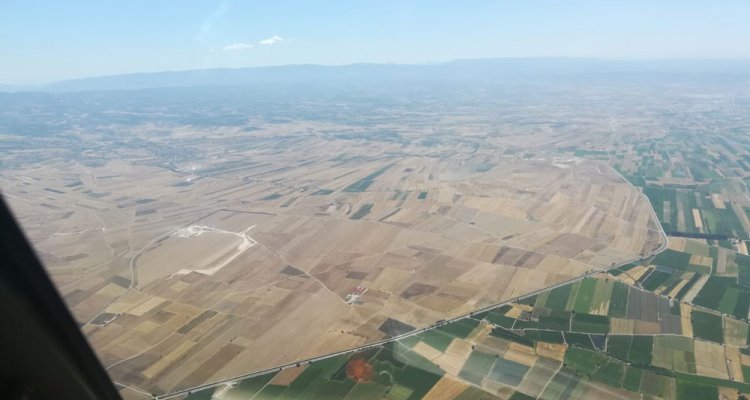Extreme heat in Canada, flooding in the Netherlands and forest fires everywhere. The climate is changing and the dangers of droughts and floods are lurking. MSc student Gijs Vis didn’t hesitate when he got the opportunity to work on a unique international climate research project in Spain where scientists from multiple European countries joined forces during an intensive fieldwork campaign.
With a team of scientists from team of TU Delft, Wageningen University & Research and University Utrecht, Gijs travelled to the North-East of Spain. For 15 days, measurements were carried out by hydrologists, climatologists, meteorologists and ecologists. Their main goal? To create the ultimate dataset to improve our weather and climate models for the future.
How did you encounter this research?
I really wanted to do some fieldwork during my master’s degree, because after my graduation I would love to be working in the field so this would be valuable experience. It also gave me the opportunity to put the theoretical knowledge I have gained into practice.
When I went to the Thesis market, I came across the fieldwork project of Miriam Coenders, one of my former teachers. This project sounded very interesting so I immediately reached out and asked if I could participate in the research. For a long time it was uncertain if the fieldwork would actually take place because of Covid, but thankfully, at the last moment, we still got to go to Spain!
Can you tell us some more about the fieldwork project?
I participated in a large measuring campaign called LIAISE (Land surface Interactions with the Atmosphere over the Iberian Semi-arid Environment) in the countryside of Catalonia. The overarching goal of the campaign is understanding the impact we humans have on the water cycle of the area. This area is particularly interesting because used to be a desert, but a century ago, people started setting up large-scale irrigation schemes to cultivate the land. This led to drastic changes: some pieces of land are still parched, while others are intensively farmed. In short: a fascinating area to research.
The campaign also focused on the influence of protracted heat and drought on the land. This is of course relevant because of the continuing effects of climate change. The data we gather in this campaign will be used improve existing weather and climate models. This is why it is also useful for The Netherlands.
What was your role within the project?
The campaign was spread out over different locations. The Dutch team, a collaboration between Wageningen University & Research, Technical University of Delft and the University of Utrecht, researched a field of alfalfa. Alfalfa is a crop which is often used as livestock fodder and grows rapidly. Within four weeks we could track a whole growing cycle. As a member of the Dutch team, I was in charge of the DTS (Distributed Temperature Sensing) instruments. This equipment can measure temperature every second along every ten centimetres of a fiber optic cable. Because you can do multiple temperature measurements at the same time, you can get a very broad image of what the temperature is doing in an area, unlike a regular thermometer which only measures one specific place at a time. We hung the DTS in a fifty metre high mast, for example, and we dug it into the ground or wove it in horizontally among plants. This way you can measure the temperature oscillations, the little waves you can see above a hot surface like asphalt. Measuring these oscillations is very new, especially in a campaign like this. This is why the DTS was a good addition to the campaign.
Did you recognise concepts from your studies during the field work campaign?
Within the MSc Environmental Engineering, I followed a track that focuses on the water cycle, the weather and the surrounding climate. Essentially, we look at the energy system of the earth, from the water in the ground up to the clouds in the sky. We are taught about the influence of the sun on the surface of the earth and what the effect is on the formation of clouds. This was very relevant for the work I did with LIAISE in Spain.
What did you most look forward to?
To get to work! After a year of theoretical courses, often from home because of Covid, I was excited to do something ‘real’. To learn how things are done in the field I want to work in.
What is the most memorable thing you have learned?
There are a lot of things to think about when you want to measure something. It wasn’t a case of putting a device in a socket and wait for it to give me some data. I had to think about how to install the equipment in such a way that it would stay in place for three weeks, through the weather, growing plants and animals that could be walking around. I had to ‘do the rounds’ and walk the entire length of the glass fibre cable each morning to check if everything was still in place and if mice hadn’t nibbled at the cable. This was also a process of iteration, for example: how to build something in such a way that when a small part breaks, you can replace it without having to rebuild the whole setup. These type of practical issues I encountered on a daily basis and were a very good addition to what I had learned during my master's so far.
What did you enjoy the most?
For three weeks straight, I spend most of my time outside. We would start early in the mornings to try and avoid the hottest part of the day, but if anything didn’t go according to plan, we would be in the field throughout the afternoon. We worked for seven days a week, because the measurements went on, without a break for 15 days. This sounds very tiring, but it actually gave me a lot of energy to be part of this team. You really get to know other researchers with the same interests and passions and I even had some time to visit the other teams from different countries and learn about their part of the campaign.
What is next for the project?
Around Europe, all the different teams are researching and running simulations around the data from the campaign, as am I. The goal is to discover new correlations that could lead to a better understanding of the complexity of climate change.
What are your plans?
The next couple of months will be taken up by analysing all the data I collected from Spain and writing my thesis about my findings. When I graduate, I would love to find a similar job, where I can do fieldwork.
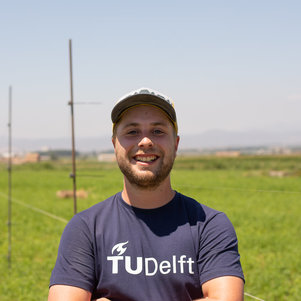
Gijs Vis
Master Programme
Environmental Engineering

